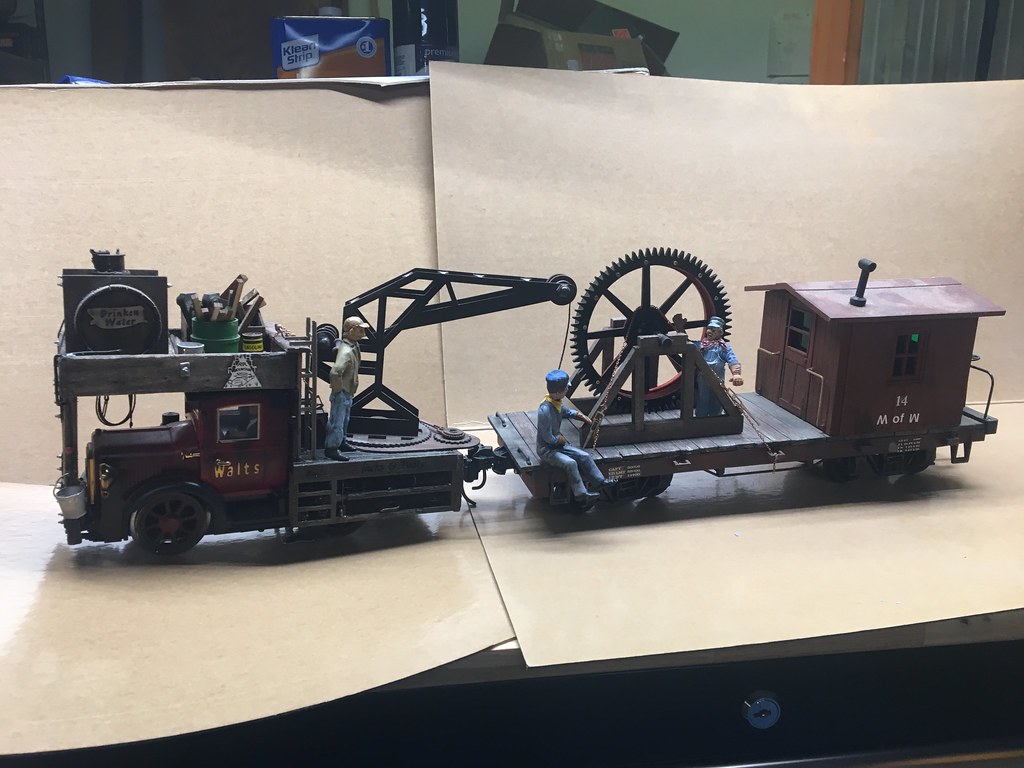
I have had lots of comments on this one and lots of fun building LGB Mac truck

I have had lots of comments on this one and lots of fun building LGB Mac truck
I bet you did. I doubt if mine will be that nice.
Great start John,
The reason the Mack AC cabs look so tall is partly because of the tall running board area. The cab doors actually pulled up from below rather than being hinged to swing open and closed.
Ford is generally credited with the “C” cab design but Mack AC was right there with them.
Great plan you have for the build, waiting to see the finished results.
Rick
Rick,
Thanks for the door detail, that’s interesting to know.
Turns out my first guess on the cab’s height is right on for my one seated figure. I made a quick bench to get a feel of it. Seeing Ward sitting tall in the cab with such a small engine compartment…
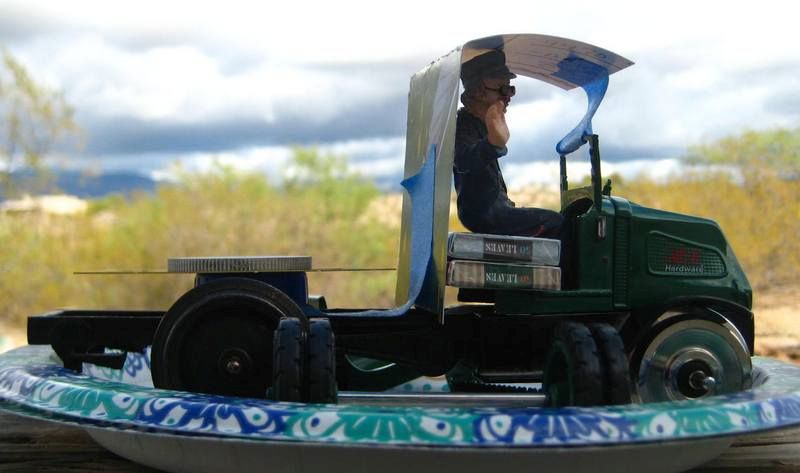
Bonus! Built like a Mack:
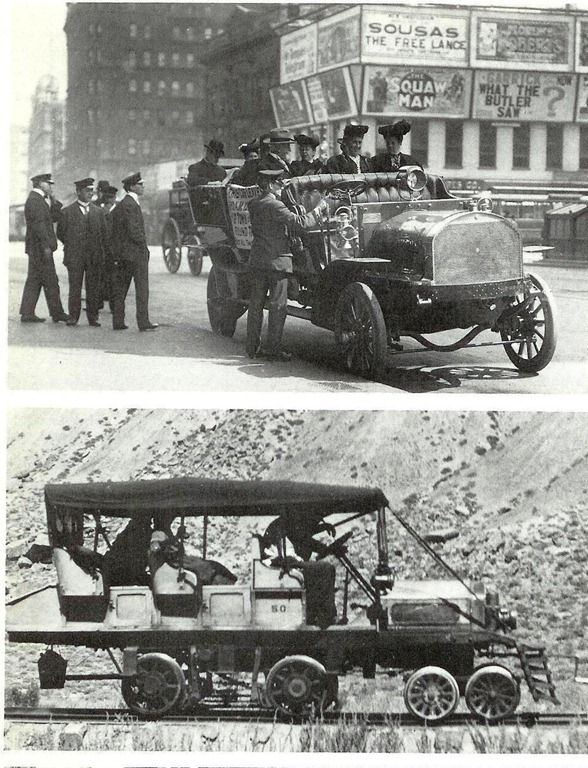
A Genuine Mack parts rail car. Bay seats? #50? How many did they make???
**John Caughey said:**Seeing Ward sitting tall in the cab with such a small engine compartment…
Looks about right proportions compared to 15 foot long locomotive several photos down this page. Note cab door sill is about shin height.
https://www.bigmacktrucks.com/topic/33657-mack-rail-%E2%80%93-the-locomotives/
Caught me dangling a thought! Was reminding me of the summer I had a Morris Minor panel wagon to drive with a tiny motor…
Ward’s feet were covered to the shins in his cab too. I don’t know his scale.
Or I could go topless!
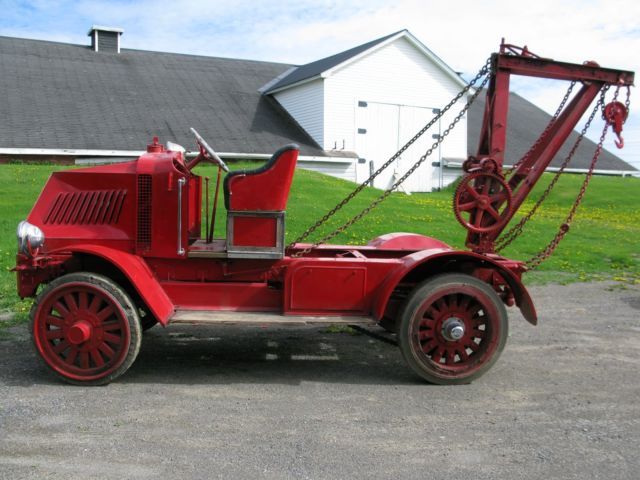
I need to build a new cab and windshield for Desert Slim’s truck!
Correction: Above the Mack Rail car was actually a bus!
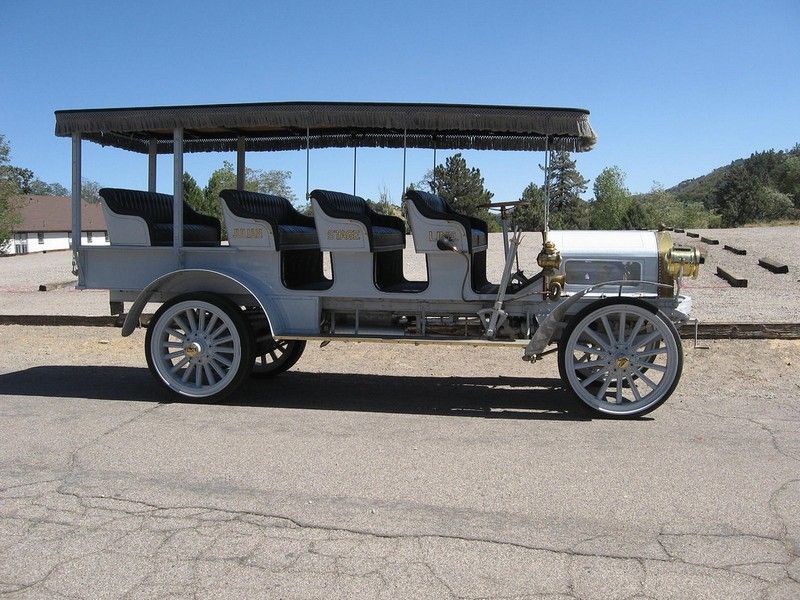
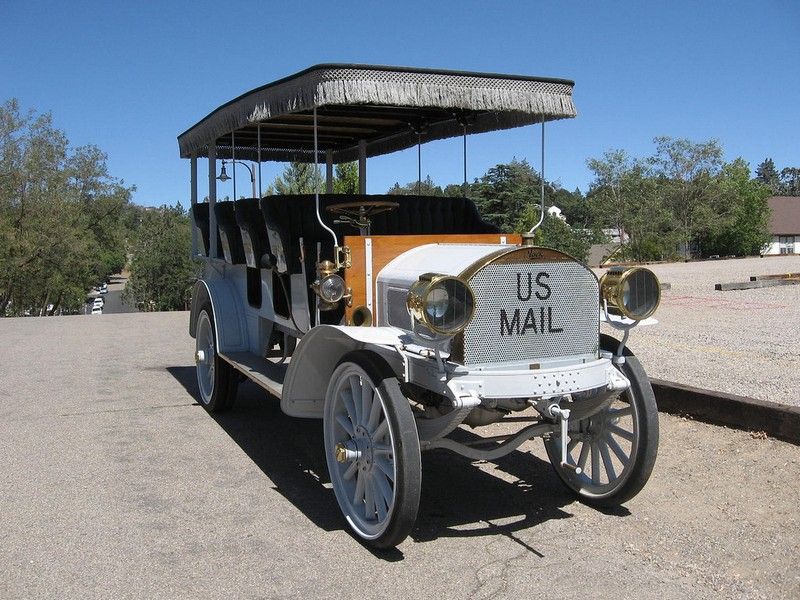
The seats do extend out past the frame …
Thought a couple of you might want to know.
Did it take that many people to deliver one letter?
Doug Arnold said:
Did it take that many people to deliver one letter?
1 to deliver and 11 to Oversee.
Rick Marty said:
Great start John,
The reason the Mack AC cabs look so tall is partly because of the tall running board area. The cab doors actually pulled up from below rather than being hinged to swing open and closed.
Ford is generally credited with the “C” cab design but Mack AC was right there with them.
Great plan you have for the build, waiting to see the finished results.
Rick
I just found an interesting link and the opening pic of a Mack indicates that the door slides forward from the wall beside the seat …
https://www.macktrucks.com/about-mack/museum/mack-history/1910-1919/
John Caughey said:
Rick Marty said:
Great start John,
The reason the Mack AC cabs look so tall is partly because of the tall running board area. The cab doors actually pulled up from below rather than being hinged to swing open and closed.
Ford is generally credited with the “C” cab design but Mack AC was right there with them.
Great plan you have for the build, waiting to see the finished results.
Rick
I just found an interesting link and the opening pic of a Mack indicates that the door slides forward from the wall beside the seat …
https://www.macktrucks.com/about-mack/museum/mack-history/1910-1919/
Yep, that’s what that picture shows, but that is not an AC “Bulldog” but another model.
Rick
Hmmmm, didn’t mean to sound so abrupt.
The picture you posted, just above, shows a model AB Mack truck with a “C” cab, note the radiator out front where we are use to seeing one.
Your project truck and the line drawings you posted are of the model AC “Bulldog” Mack. If you click on the 1920-29 space below the picture it will bring up an image of
An AC model, note the distinctive hood lines and the radiator back at the firewall.
Merry Christmas
Rick
Rick Marty said:
John Caughey said:
Rick Marty said:
Great start John,
The reason the Mack AC cabs look so tall is partly because of the tall running board area. The cab doors actually pulled up from below rather than being hinged to swing open and closed.
Ford is generally credited with the “C” cab design but Mack AC was right there with them.
Great plan you have for the build, waiting to see the finished results.
Rick
I just found an interesting link and the opening pic of a Mack indicates that the door slides forward from the wall beside the seat …
https://www.macktrucks.com/about-mack/museum/mack-history/1910-1919/
Yep, that’s what that picture shows, but that is not an AC “Bulldog” but another model.
Rick
Hmmmm, didn’t mean to sound so abrupt.
The picture you posted, just above, shows a model AB Mack truck with a “C” cab, note the radiator out front where we are use to seeing one.
Your project truck and the line drawings you posted are of the model AC “Bulldog” Mack. If you click on the 1920-29 space below the picture it will bring up an image of
An AC model, note the distinctive hood lines and the radiator back at the firewall.
Merry Christmas
Rick
Hi Rick, I saw your first part, but not your edit until this morning. Thanks for the softer edge. I wasn’t wanting to appear to be challenging you, that’s why I said ‘indicating’. Sheepishly I knew it wasn’t an AC, but was the only example I’ve found.
Anyway, the best pics I’ve been able to find ‘hint’ at channels in the wall for said door.
I just wrote to the Museum and asked them to corroborate your facts. Hopefully they will send a pic or drawing…
Have a Very Merry Christmas
Even a professional crastinator can get something done … I cut out one side of the new cab. It sits 1/4" too high, see arrows, but I’m happy with the plan.
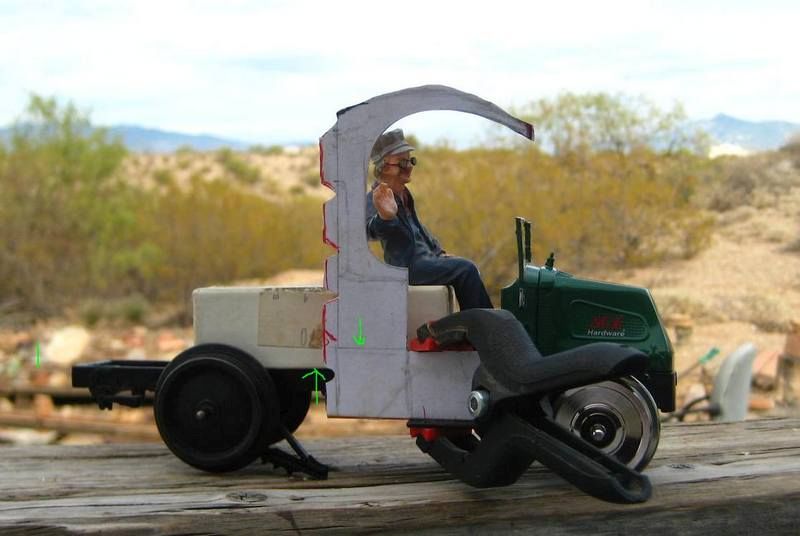
I call it the JC cab.
I didn’t file the top yet, wanted to check the fit. Now I can mark and cut the other side. I free handed the curves. The tabs on the back are to solder to the back wall. I’ll back cut them to bend flush. Ward is sitting too high too.
Happy New Year
John Caughey said:
Rick Marty said:
John Caughey said:
Rick Marty said:
Great start John,
The reason the Mack AC cabs look so tall is partly because of the tall running board area. The cab doors actually pulled up from below rather than being hinged to swing open and closed.
Ford is generally credited with the “C” cab design but Mack AC was right there with them.
Great plan you have for the build, waiting to see the finished results.
Rick
I just found an interesting link and the opening pic of a Mack indicates that the door slides forward from the wall beside the seat …
https://www.macktrucks.com/about-mack/museum/mack-history/1910-1919/
Yep, that’s what that picture shows, but that is not an AC “Bulldog” but another model.
Rick
Hmmmm, didn’t mean to sound so abrupt.
The picture you posted, just above, shows a model AB Mack truck with a “C” cab, note the radiator out front where we are use to seeing one.
Your project truck and the line drawings you posted are of the model AC “Bulldog” Mack. If you click on the 1920-29 space below the picture it will bring up an image of
An AC model, note the distinctive hood lines and the radiator back at the firewall.
Merry Christmas
Rick
Hi Rick, I saw your first part, but not your edit until this morning. Thanks for the softer edge. I wasn’t wanting to appear to be challenging you, that’s why I said ‘indicating’. Sheepishly I knew it wasn’t an AC, but was the only example I’ve found.
Anyway, the best pics I’ve been able to find ‘hint’ at channels in the wall for said door.
I just wrote to the Museum and asked them to corroborate your facts. Hopefully they will send a pic or drawing…
Have a Very Merry Christmas
As a follow up, while I’ve not found a pic of the doors, I did find a file at the Ford Museum > Benson Ford Research Center;
“1918 Mack builds a special truck for the Goodyear Tire & Rubber Co. The truck is fitted with
extra size pneumatic tires and features a sleeping compartment mounted behind the
driver’s seat. By 1919, most trucks with load capacities over 2 tons offer pneumatic tires
as optional equipment.
Mack trucks now have high door cabs which offer protection to the drivers in cold
weather. Doors on the AB models slide to the side and those on the AC open vertically.”
There we go.
Last year I started this bash … I took a month off (mostly) to procrastinate on the Mik build … but some progress has snuck in …

Yep it’s held together with the blue tape, checking proportions.

I dappled the top to mimic the leather landau …

While in the hobby dept. at one of my local Aces, I asked the clerk for a 5-6v motor for this beast. His suggestion was to modify the limiter in a Servo to make the motor polarity sensitive by removing the physical block/stop. I cut a hole in the side of the box and pivoted the ‘pot’ out of the way. Now I have a gear head motor that won’t take a huge battery. I’m hoping to make it chain drive still.

To be continued…
The lines on the cab are beautiful. Nice job John. I’m also very interested in that servo motor approach.
Jim Rowson said:
The lines on the cab are beautiful. Nice job John. I’m also very interested in that servo motor approach.
Thanks Jim, I free hand drew in those curves and filed the copper to the final curve, then I cut the other side to match.
The Servo modification is very simple. I had 2 Futaba servos on the shelf from a 2 stick R/C job. Long screws from the bottom release the top cover and the gears. I found it easy to reassemble them after I dumped them out, if that’s likely to be a challenge, take a picture or 2. I noticed a black stub that came through from the motor area. It would rotate aprox 90 degrees either way. I could see I needed the gear that it affected, and with the inner cover removed I could see how it was soldered to the board w/ 3 leads. A separating disc cut out a square slightly bigger on the side of the box and I re-positioned the switch out side the box.
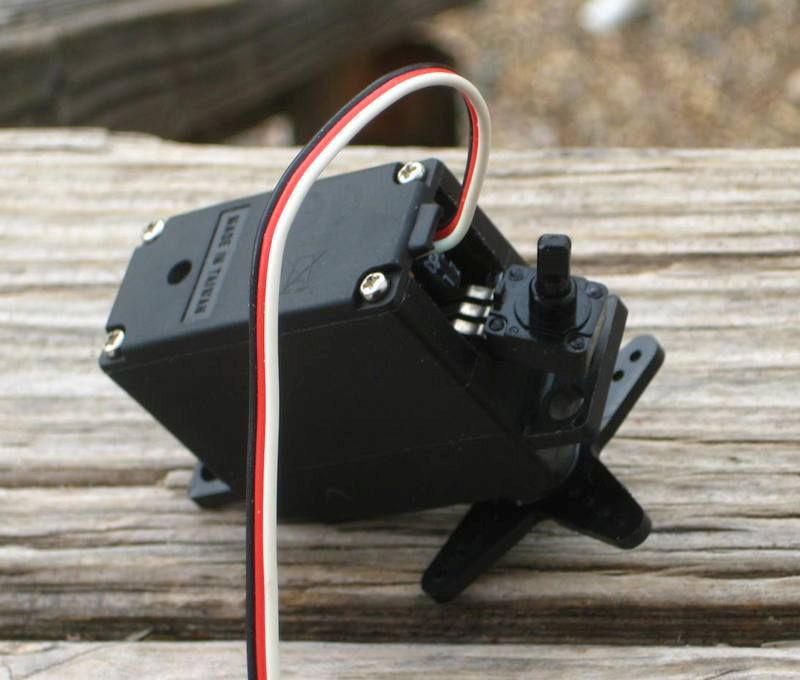
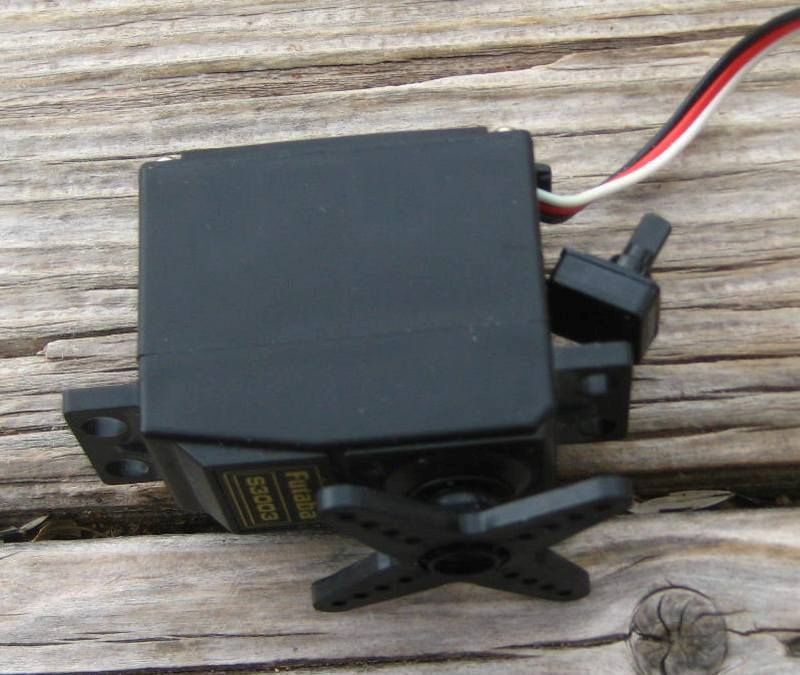
Above you can see the ‘Limiter’, I unfolded it 180 degrees and kept it’s wiring, using the clerk’s advice to set it in the middle. The middle gives the polarity directional control, or you can turn the switch to set direction as that was it’s purpose in the servo.
I haven’t tested it’s muscle yet, but the motor has a solid feel when I spin the gears. I’m confident … but I’ve always been a visionary.
Continuous run servos with variable speed and direction are available for use with regular centre off stick radios or my digital proportional DSM2 R/C.
https://core-electronics.com.au/components/motors/servos/continuous-rotation-servos.html
The little cheapy servo works well, but is not really robust enough for our use.
Thanks Tony.
I’m still cheap enough to use what I have for an occasional novelty item.
It’s a good link for the others.